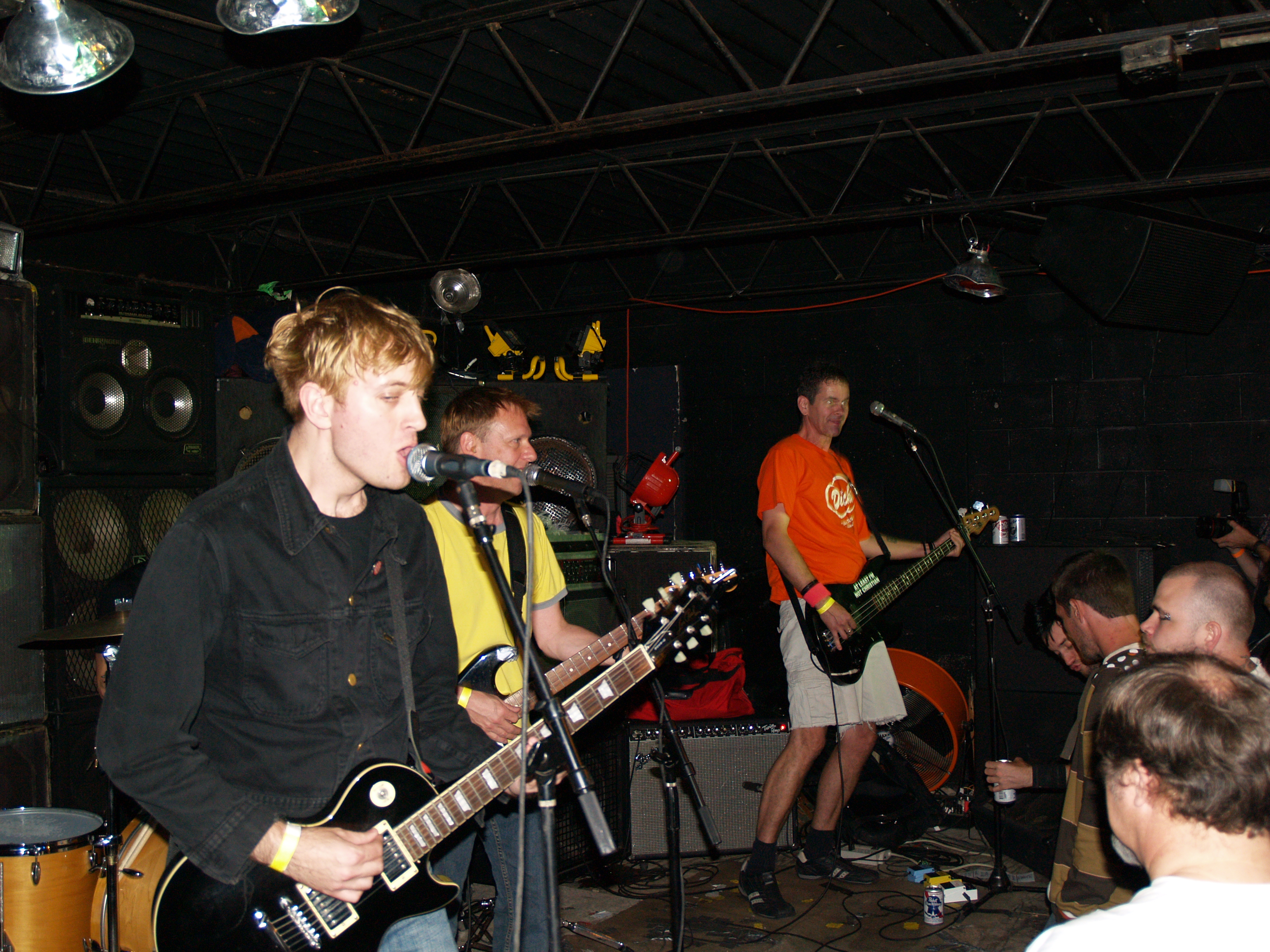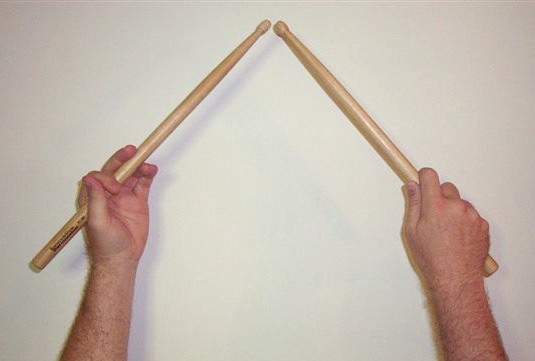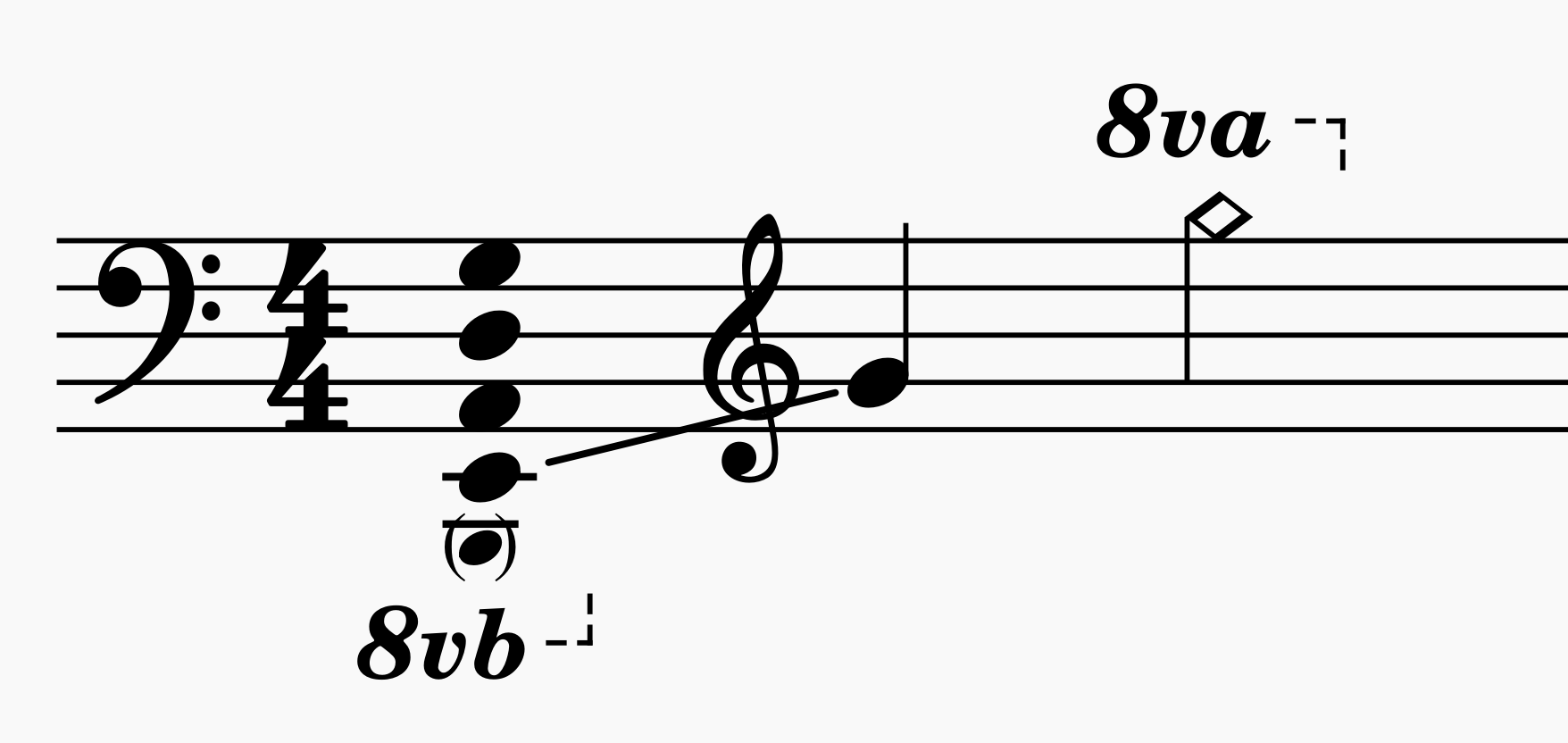|
Fun People
Fun People was a hardcore band from Argentina. Their lyrics were in English and Spanish, often mixing both languages in a single song or even line. Human and animal rights are frequent subjects in their lyrics. The band mixes punk music with other genres such as reggae, pop, tango, thrash metal and others. As the band became well known, skinheads who enjoyed the band's aggressive music in a violent way started to show up at concerts, prompting singer Nekro to call the band's genre "anti-fascist gay hardcore" in an attempt to get rid of those fans. For this reason Fun People is sometimes confused as queercore. History Early on, the band was called Anesthesia (as a tribute to Cliff Burton). When the band was about to release their first album, planned to be self-titled, they found out someone else had already copyrighted ''Anesthesia'' as a band name. ''Fun People'', the name of a fanzine Nekro made and sold at the band's concerts, was chosen as the band's new name and ''Anesthes ... [...More Info...] [...Related Items...] OR: [Wikipedia] [Google] [Baidu] |
Queercore
Queercore (or homocore) is a cultural/social movement that began in the mid-1980s as an offshoot of the punk subculture and a music genre that comes from punk rock. It is distinguished by its discontent with society in general, and specifically society's disapproval of the LGBT community. Queercore expresses itself in a DIY ethic#Music, DIY style through magazines, music, writing and film. As a music genre, it may be distinguished by lyrics exploring themes of prejudice and dealing with issues such as sexual identity, gender identity and the rights of the individual; more generally, queercore bands offer a critique of society endemic to their position within it, sometimes in a light-hearted way, sometimes seriously. Musically, many queercore bands originated in the punk rock, punk scene but the Industrial music, industrial music culture has been influential as well. Queercore groups encompass many genres such as hardcore punk, electropunk, indie rock, power pop, no wave, noise ... [...More Info...] [...Related Items...] OR: [Wikipedia] [Google] [Baidu] |
Anesthesia (album)
''Anesthesia'' is Fun People Fun People was a hardcore band from Argentina. Their lyrics were in English and Spanish, often mixing both languages in a single song or even line. Human and animal rights are frequent subjects in their lyrics. The band mixes punk music with ot ...'s debut album, first released on Frost Bite in 1995 and then edited by Ugly Records. Track listing #"Ánimo" #"Estoy (a tu lado)" #"Submerge your senses into the black" #"Marionetas" #"Runaway" #"Hunt" #"1978 (Camps days)" #"Dear" #"Anabelle" #"FMI" #"Boicot antinatural" #"Mantiene tu espíritu con humor" #"Bad influence" #"Break your obsessions" #"Vivisección" #"Distinto" #"Jailed" #"Give you help" #"Mi vida" #"Lemon pie" #"Eres ciego" #"Shaggy mi querido amigo en peligro" #"Searching my lucky again" #"About me" #"Helter skelter" #"NY city clon" #"Sin color" #"Cada vez más" #"When the sun" #"Valor interior" #"Rain" Recorded and Mixed by Marcelo Depetro. Fun People albums {{1990s-punk-album-s ... [...More Info...] [...Related Items...] OR: [Wikipedia] [Google] [Baidu] |
Sebastián Garay
Sebastian Garay (born June 1, 1983 in Mendoza, Argentina) is a singer, musician and composer of Argentine folklore. It is considered one of the outstanding personalities of the new generation of Latin American Latin Americans ( es, Latinoamericanos; pt, Latino-americanos; ) are the citizens of Latin American countries (or people with cultural, ancestral or national origins in Latin America). Latin American countries and their diasporas are multi-eth ... folklorists. Retrieved October 18, 2015 He is currently in production of his third album, titled Animalidad. Discography * ''Piel y barro'' (''Skin and mud'') – (2008) * ''Folclor o no folclor'' (''Folklore or folklore'' ...[...More Info...] [...Related Items...] OR: [Wikipedia] [Google] [Baidu] |
Drums
A drum kit (also called a drum set, trap set, or simply drums) is a collection of drums, cymbals, and other auxiliary percussion instruments set up to be played by one person. The player (drummer) typically holds a pair of matching drumsticks, one in each hand, and uses their feet to operate a foot-controlled hi-hat and bass drum pedal. A standard kit may contain: * A snare drum, mounted on a stand * A bass drum, played with a beater moved by a foot-operated pedal * One or more tom-toms, including rack toms and/or floor toms * One or more cymbals, including a ride cymbal and crash cymbal * Hi-hat cymbals, a pair of cymbals that can be manipulated by a foot-operated pedal The drum kit is a part of the standard rhythm section and is used in many types of popular and traditional music styles, ranging from rock and pop to blues and jazz. __TOC__ History Early development Before the development of the drum set, drums and cymbals used in military and orchestral music sett ... [...More Info...] [...Related Items...] OR: [Wikipedia] [Google] [Baidu] |
Bass Guitar
The bass guitar, electric bass or simply bass (), is the lowest-pitched member of the string family. It is a plucked string instrument similar in appearance and construction to an electric or an acoustic guitar, but with a longer neck and scale length, and typically four to six strings or courses. Since the mid-1950s, the bass guitar has largely replaced the double bass in popular music. The four-string bass is usually tuned the same as the double bass, which corresponds to pitches one octave lower than the four lowest-pitched strings of a guitar (typically E, A, D, and G). It is played primarily with the fingers or thumb, or with a pick. To be heard at normal performance volumes, electric basses require external amplification. Terminology According to the ''New Grove Dictionary of Music and Musicians'', an "Electric bass guitar sa Guitar, usually with four heavy strings tuned E1'–A1'–D2–G2." It also defines ''bass'' as "Bass (iv). A contraction of Double bass ... [...More Info...] [...Related Items...] OR: [Wikipedia] [Google] [Baidu] |
Guitar
The guitar is a fretted musical instrument that typically has six strings. It is usually held flat against the player's body and played by strumming or plucking the strings with the dominant hand, while simultaneously pressing selected strings against frets with the fingers of the opposite hand. A plectrum or individual finger picks may also be used to strike the strings. The sound of the guitar is projected either acoustically, by means of a resonant chamber on the instrument, or amplified by an electronic pickup and an amplifier. The guitar is classified as a chordophone – meaning the sound is produced by a vibrating string stretched between two fixed points. Historically, a guitar was constructed from wood with its strings made of catgut. Steel guitar strings were introduced near the end of the nineteenth century in the United States; nylon strings came in the 1940s. The guitar's ancestors include the gittern, the vihuela, the four-course Renaissance guitar, an ... [...More Info...] [...Related Items...] OR: [Wikipedia] [Google] [Baidu] |
Lead Vocals
The lead vocalist in popular music is typically the member of a group or band whose voice is the most prominent melody in a performance where multiple voices may be heard. The lead singer sets their voice against the accompaniment parts of the ensemble as the dominant sound. In vocal group performances, notably in soul and gospel music, and early rock and roll, the lead singer takes the main vocal melody, with a chorus or harmony vocals provided by other band members as backing vocalists. Lead vocalists typically incorporate some movement or gestures into their performance, and some may participate in dance routines during the show, particularly in pop music. Some lead vocalists also play an instrument during the show, either in an accompaniment role (such as strumming a guitar part), or playing a lead instrument/instrumental solo role when they are not singing (as in the case of lead singer-guitar virtuoso Jimi Hendrix). The lead singer also typically guides the vocal en ... [...More Info...] [...Related Items...] OR: [Wikipedia] [Google] [Baidu] |
Carlos Rodríguez (musician)
Carlos Damián Rodríguez (born 13 January 1972) is an Argentine musician, artist and songwriter, famous as part of the hardcore punk band Fun People and who is currently in the band Boom Boom Kid. Also known by various aliases as: Nekro, Boom Boom Kid, and Il Carlo. He has released several CDs, DVDs, records and books. Biography Born in Campana, Argentina, he has been a vegetarian since the age 17. His first concert was on 26 July 1989. In 1995, he released the record ''Anestesia'' and went on tour with the band Fun People, made up by Carlos Rodríguez (vocals), Lucas Elizald Sequeira (guitar), Dario López (bass), Marcelo Vidal (drums). His works are translated into Spanish and English, and in many cases both interchangeably. He also performs acoustic solo shows playing the guitar. Highlights of his covers of other artists are: " Stay Free" from The Clash and the song "Principe Azul" (Blue Prince) from Uruguayan Eduardo Mateo. On his arm he has a tattoo of the Saint Exupe ... [...More Info...] [...Related Items...] OR: [Wikipedia] [Google] [Baidu] |
Boom Boom Kid (band)
Boom Boom Kid is a hardcore band from Argentina. This band has influences of rockabilly, psychobilly and salsa music, salsa. The group was formed in 2001 by musician Carlos Rodríguez (musician), Carlos Rodríguez; after the separation of Fun People. The name, "Boom Boom Kid" (hereinafter BBK) ; it is also the stage name of Rodriguez. Biography This solo project starts very record with the last album Fun People ''Angustia, no, no'' (2000) where BBK single "Hold me/I Do" was attached. Subsequently, the debut LP album, LP ''Okey Dokey'' (2001) and multiple maxi singles and B-sides and filled with oddities appears, continuing a constant in the singer's career and was continuous and multi-format editing of his work in the case of BBK is entirely edited (in Argentina) by their label ''Ugly Records'', created by Carlos himself. Subsequently, released their second LP ''Smiles from Chapanoland'' (2004) and an album that compiles some singles and B-sides titled ''The many, many moods o ... [...More Info...] [...Related Items...] OR: [Wikipedia] [Google] [Baidu] |
Cliff Burton
Clifford Lee Burton (February 10, 1962 – September 27, 1986) was an American musician who was the bassist for heavy metal band Metallica from 1982 until his death in 1986. He performed on '' Kill 'Em All'' (1983), ''Ride the Lightning'' (1984), and ''Master of Puppets'' (1986), the band's first three studio albums. Burton also received a posthumous writing credit on '' ...And Justice for All'' (1988) for the song "To Live Is to Die". While touring in 1986 to support ''Master of Puppets'', Burton died following a bus crash in Sweden. Regarded as a prominent musical influence, he placed ninth in a 2011 reader poll from ''Rolling Stone'' recognizing the greatest bassists of all time. He was posthumously inducted to the Rock and Roll Hall of Fame as a member of Metallica in 2009. Biography Early life Clifford Lee Burton was born in Castro Valley, California, to Ray Burton (1925-2020) and Jan Burton (nee Morganstern, 1925-1992). He was of English and Ashkenazi Jewish ancestry ... [...More Info...] [...Related Items...] OR: [Wikipedia] [Google] [Baidu] |




